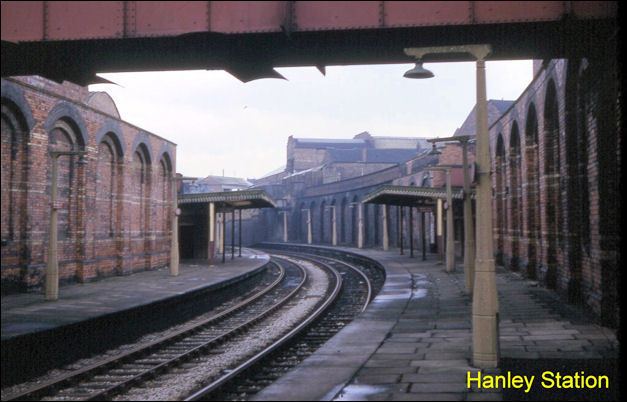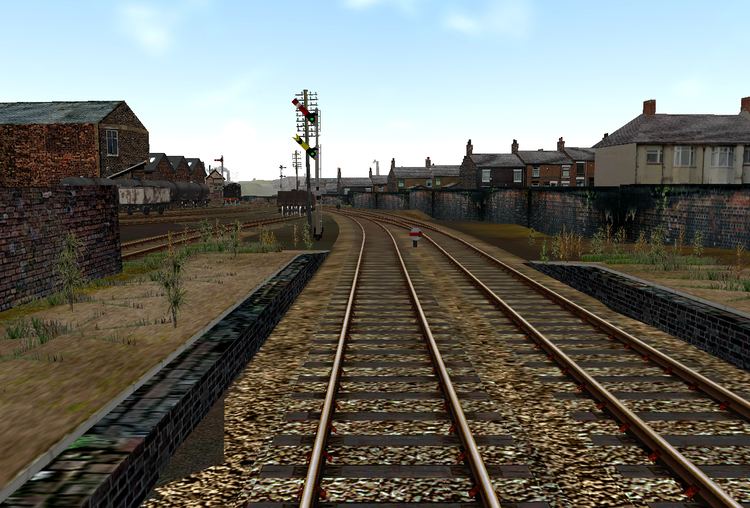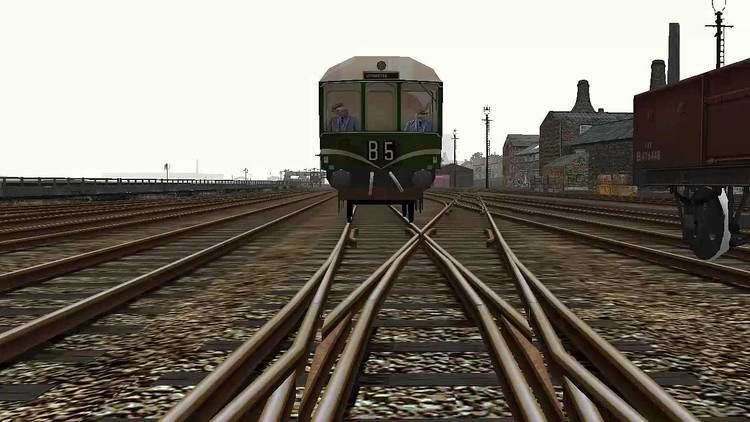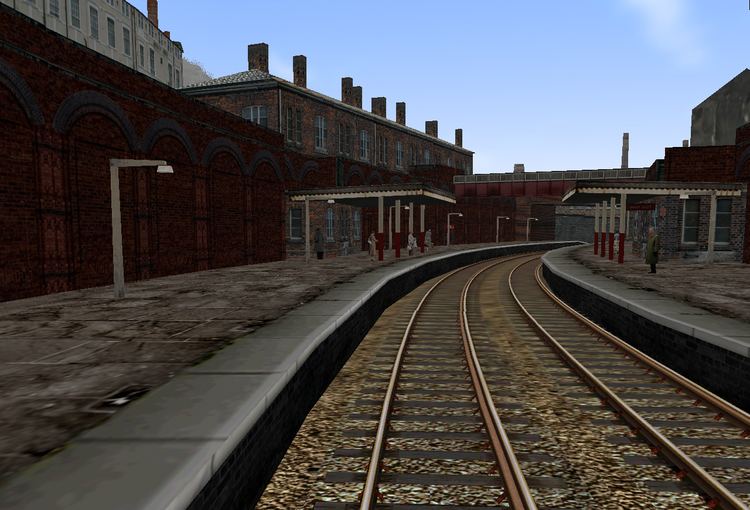 | ||
The potteries loop line stoke on trent
The Potteries Loop Line was a railway line that ran through the heart of Stoke-on-Trent, Staffordshire, England. It was built by the North Staffordshire Railway off its main line (nowadays referred to as the Manchester branch of the West Coast Main Line via Stoke).
Contents

It was opened in many short sections due to the cost of railway construction during the 1870s. The line throughout was sanctioned but the NSR felt that the line would be unimportant enough to abandon part way though its construction. This upset residents of the towns through which the line was planned to pass and they eventually petitioned Parliament to force the completion of the route.

Construction
The line was authorised and constructed as follows:


The entire section to the NSR main line at Kidsgrove was authorised on 5 July 1865 opening as follows:

The route
With the towns that the line served being located on hilltops, the geography of the route was renowned for its severe gradients and sharp curves, especially around Tunstall, Burslem and Hanley.
Leaving the main line at Etruria Junction, the line turned almost back on itself to proceed eastwards and passed through part of the Shelton Bar complex. Approaching Hanley, another sharp curve took the route northwards once again. A rising gradient led to Cobridge tunnel and then Burslem, before a 1 in 90 climb to Tunstall. After reaching the summit of the line at Newchapel, a 1 in 40 descent led to a cutting near the Birchenwood Coke Works on the approach to Kidsgrove. It then rejoined the main line at Liverpool Road Junction, north of the junction to Crewe.
The industrial setting of brickworks, mines and pot banks was later described by The Sentinel as "10 miles of the world's worst scenery".
Decline
The Loop's heyday was the early part of the 20th century. In 1910 there were almost 40 trains a day using the route, operated mainly by trains composed of close-coupled four wheel coaches.
By 1910, Hanley had become the largest of the Six Towns, but the line only served the areas where a fraction of Hanley’s workforce lived. From the 1920s the line began to fall victim to road competition. A traffic survey carried out in the middle of 1956 showed that one mid-morning train carried just four passengers, three of whom were railwaymen travelling for free. Services were cut back later that year and by 1961 there were just five passenger trains daily from Stoke-on-Trent to Hanley and Tunstall, none of which ran outside the peak hours.
As far as goods traffic was concerned, much of it had been transferred to road as the 1950s dawned.
The Beeching Axe signalled the final blow for passenger services, and services were withdrawn on 2 March 1964.
After Beeching
Freight workings continued for some years afterwards. In 1967 trains were frequently diverted onto the Loop Line between Longport and Kidsgrove via the Pinnox branch during the electrification of the West Coast Main Line, the upgrading of which involved construction of a new line avoiding Harecastle tunnel.
The section from Etruria to Waterloo Road remained open for oil traffic from Century Oils in Hanley; this traffic ceased on 31 July 1969.
The northern part of the route remained open until 1976 to transport coal from an opencast mine at Park Farm, near Goldenhill.
